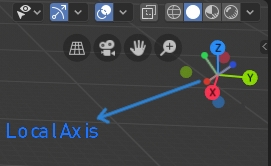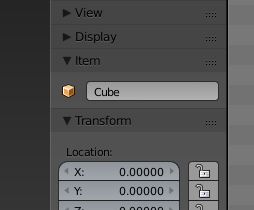Hi Guys,
I realize there was a conversation regarding this subject before, but with many new users converting to Blender I guess it can be expected for this to come up periodically.
I made a rough conversation starter/proposal on rightclickselect as well, (https://blender.community/c/rightclickselect/dzdbbc/) (keep in mind, I’m not a UI designer. It’s a concept, nothing more) but figured I’d bring it up here where it might reach developers more directly.
The main point to be clear - in a production environment you’re going to use many in-house tools, scripts and plugins. I’ve been working at big VFX houses for quite some time now (currently involved in pipeline development) and one can be looking at twice as custom many tools as default maya would ship on a daily basis.
The ability to sort them in an efficient manner, so that it doesn’t clutter up the interface is crucial. (I’m not necessarily talking about the ability of drag and dropping scripts into a custom shelf, organizing them freely, assigning custom or built in icons).
I’m very open to look at it the Blender way, I’m a huge fan of not having floating panels, but I definitely feel that this needs some attention. By no means do I want to make it Maya-like, on the contrary. In many aspects I would want to make Maya Blender-like.
Organizing 10 addons in the workspace might be feasible for hobbyists but it’s not going to work on a daily basis across departments in a big scale production environment.
Forgive me if I’m not going through the whole thread, while if definitely looks interesting, it’d take a lot of time to read the 1280 entries (maybe for topics like this there could be a summary of some sorts).
Anyway, the question would be - is the N panel as it stands now set in stone? If so, what would the suggestions be for bigger production houses in terms of organizing their toolset so that it can be accessible across departments in a streamlined fashion? (keeping in mind that the user can be a seasoned professional with 20+ years of production experience, or a jr ATD, straight out of school)
Thank you for your time, and again, excuse me if this has been discussed and brought to a conclusion before.
Cheers,
Dan



